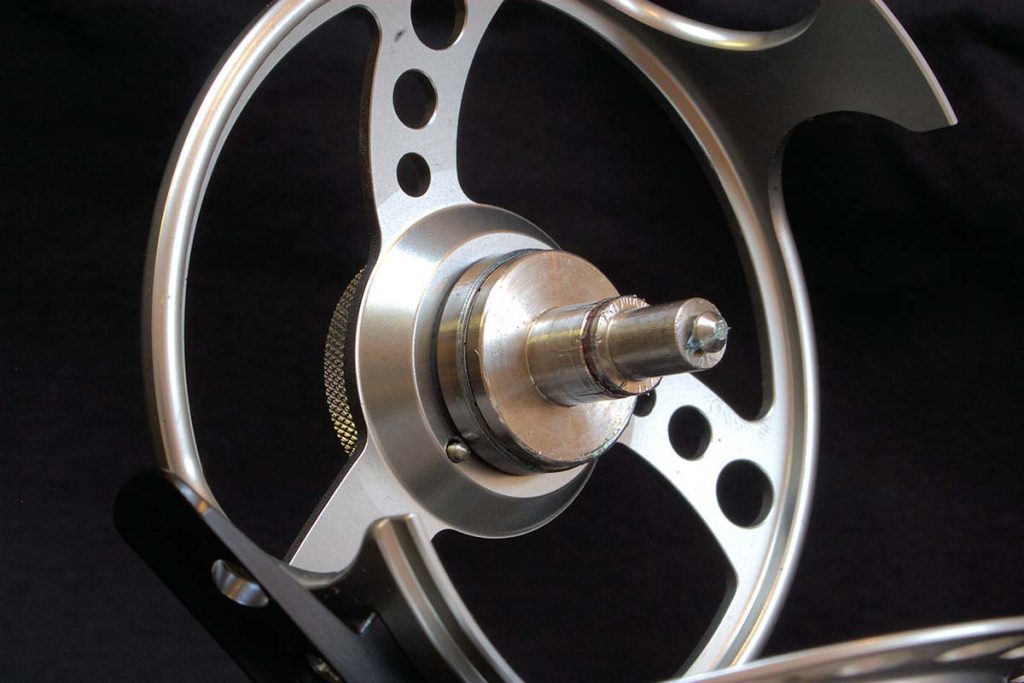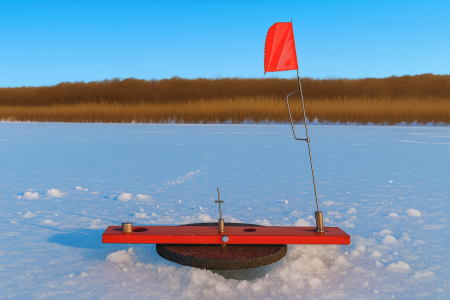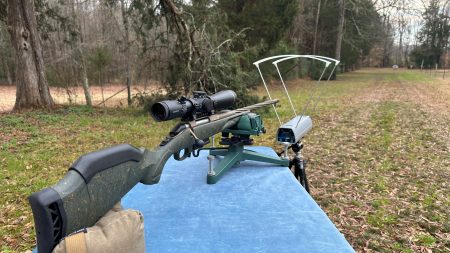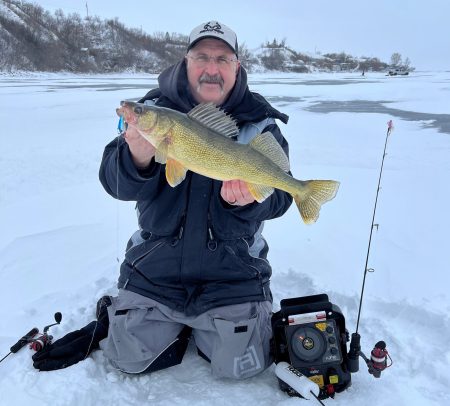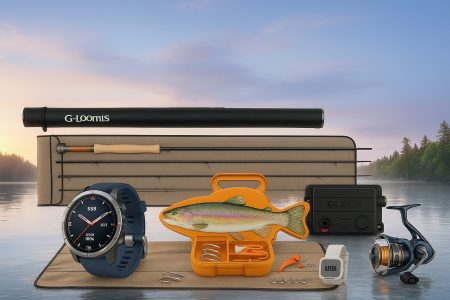Here in the north, this time of year means no fly-fishing unless you brave the cold and chase sea-run cutthroats or open ocean salmon. Much of the time your eyelets freeze as you retrieve your line anyway and make it practically impossible to fish. That leaves us in a period of ice fishing, reading fishing magazines and watching reruns of our favorite outdoors shows on the tube. It’s also the perfect time to pull out your gear and do your annual gear maintenance and checks. Of course, you don’t have to live in a northern clime to do gear maintenance. As a matter of fact, you should do it regularly regardless of where you live. Gear maintenance isn’t complex or really time consuming, but it is essential if you want your expensive equipment to last and if you want a relatively event-free fishing season come springtime.
Start with your rods. Rods are pretty easy to maintain. Begin with checking the rod section eyelets. See if the eyelet feet are still secure in their wrapping and if the thread epoxy and thread wrapped over each foot is peeling, fraying or missing. If there are feet that need fixing make a point of either fixing them yourself or take the rod in for repairs. Also, if some of your guides have ceramic inserts, check to make sure the inserts are still there and secure. Tip top guides should be checked for excessive wear and grooving caused by years of line being dragged back and forth across it. You can replace a worn tip top guide pretty easily yourself.
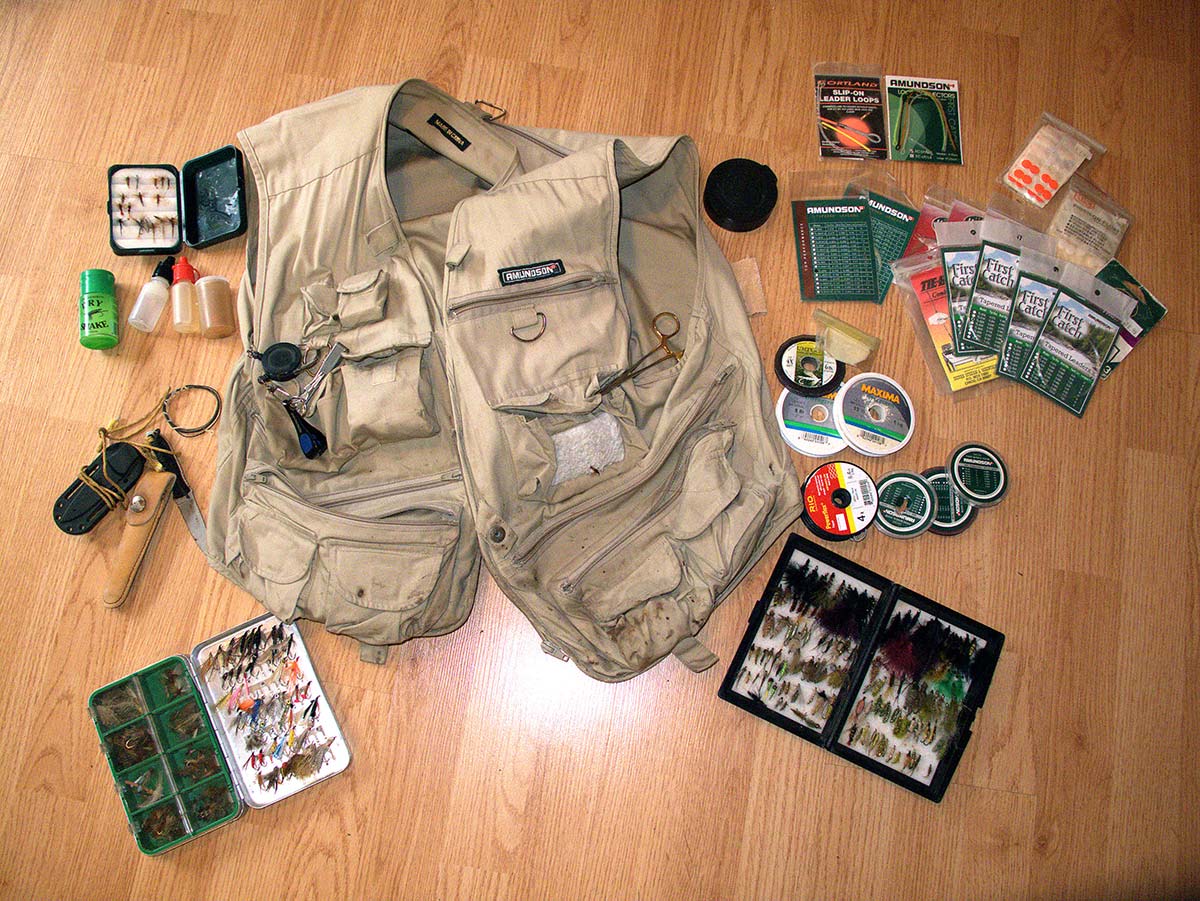
If you actually have a broken rod, check first with the rod manufacturer, they may have a lifetime warranty on the rod and will replace the section for free, or you can order a new section from them. Barring that, if you have the pieces, you can take it to a rod repair shop or try to repair the rod yourself.
Check that the reel seat is still firmly attached to the rod. I have had the odd one loosen over time. You can re-epoxy it in place if it is loose. Don’t leave it loose, I’ve had my reel fall off while casting when a loose reel seat let go.
If the rod handle is dirty and/or pitted, you can easily repair the pits and clean the cork using a Mr. Clean Magic Eraser, some wood filler and some cork sealer. Check the procedure out here.
Once all that is done, wipe the rod blank down with some warm water and a soft rag, let it dry and return it to its bag and tube.
Next, pull out all your reels. One at a time, separate the spools from their housings and inspect all the various parts for corrosion and rust. Anything seriously deteriorated should be replaced. Worn parts always give out during the long run of a great fish. Take an old toothbrush and some gun solvent and scrub out all the moving parts. Then wipe it clean with a rag. Once clean, each part should be sprayed lightly with a light oil and the heavy wear areas such as the spindle touched up with a bit of white grease. Don’t use too much or you will end up with a sticky mess. The idea is to lubricate, not smother.
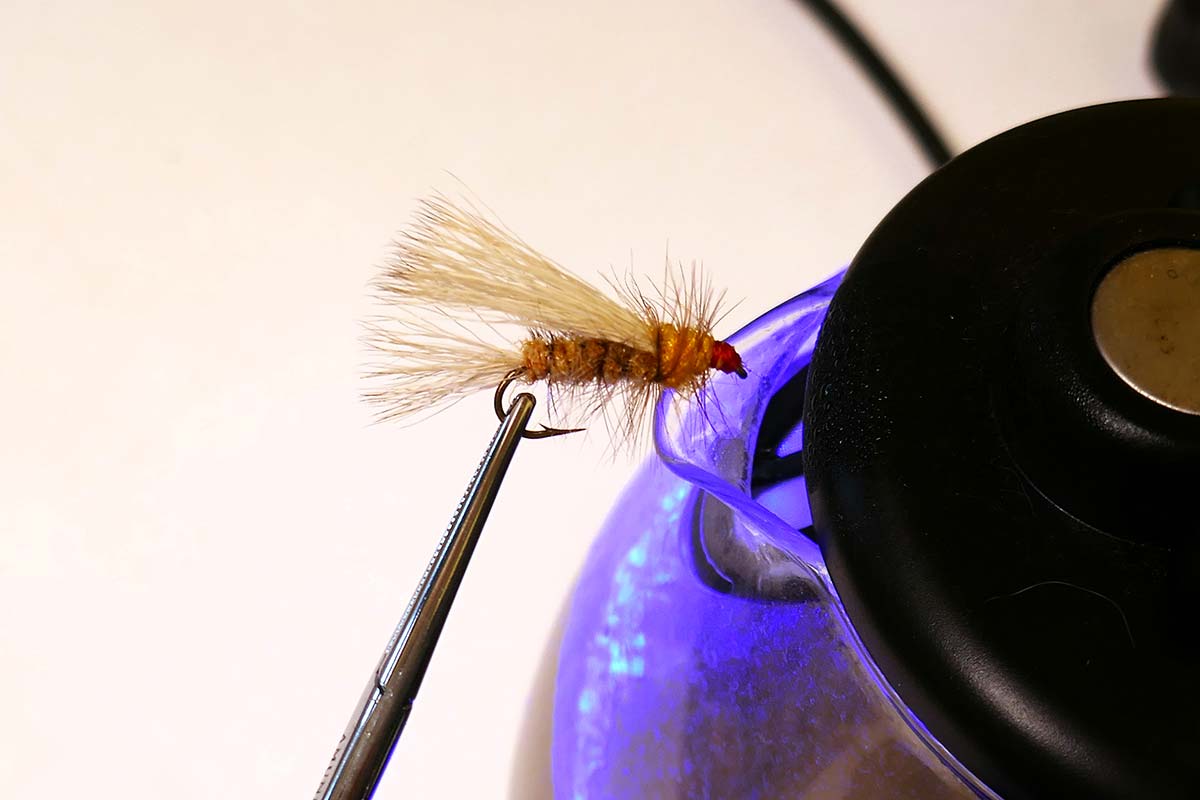
Next, clean your lines. Strip them off the spools and stretch them, being careful not to overstretch and crack the finish. Give them a good washing with soap and warm water. After their wash, inspect them for damage or cracked finishes. If your dry lines are cracked too badly, make a note to replace them and then treat the dry lines with a silicone cleaner/floatant. Store them in loose coils wrapped around a giant juice can. Wet lines don’t need such close attention. A quick wipe with a wet cloth and a check for deep nicks, cracks and cuts and they’re done. Store them in a closet alongside your dry lines. I’ve found that some dish soaps make my wet line float. Just in case, I treat my wet lines with Loon Sink Fast to make them sink well.
Moving on to your fly boxes. Clear off a large table and empty your wet flies onto the table. Separate all the flies and inspect them for rust, broken points, unwrapped windings, etc. Make a note of which patterns and sizes how many need to be replaced so that you can either tie them or head to the store to pick them up, then throw away the bad ones, most of the time they aren’t worth the effort to try to repair. Put all the good wet flies back in their boxes and move onto your dry flies. Here again, empty them onto the table and separate them. Throw away the wrecked ones, again noting which are being thrown away so they can be replace. The remaining good flies can be restored to their original condition by steaming them. Seriously! It’s quite remarkable. Steam the remaining dry flies, allow them to dry and then replace them in their boxes. And just a side note: if you are using cheap wet fly boxes to store your dry flies in, don’t. Get yourself a good fly box designed for dry flies, it’ll save you a lot of grief and mashed flies.
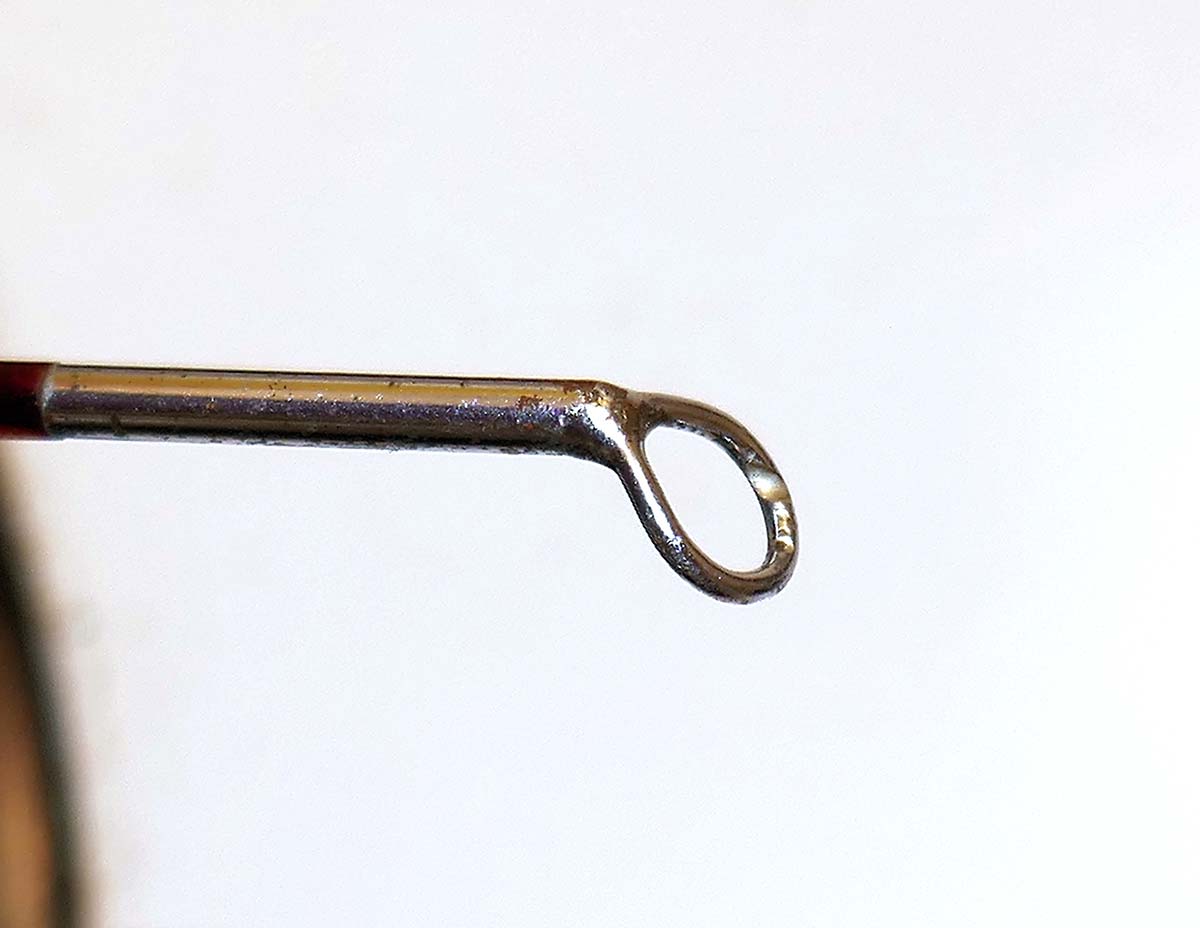
At this point it might be a good idea to sit down and tie the flies that you need to replace while it is still clear in your head. Stick on a video on casting or nymphing and listen to it while you tie, you will find winter’s passage is much more enjoyable this way. If you don’t tie, take the list you made to your local fly shop or search online and replace the patterns you culled. If you don’t do it now, you’ll probably forget.
Now on to my favorite part, the fly vest. My vest has 22 pockets and each pocket holds stuff. When I attack my vest to check out all my stuff I do it one pocket at a time. Make sure you have a notepad and pen so you can write down what needs replacing or you will forget something for sure. I go through my leaders and tippets and make a note of which ones are missing or running short. 95% of my fishing is done with 2X -5X leaders and tippets and I like to have at least 2 of each in my vest at all times. I also test each of my little tool reels that are pinned to my vest to make sure the pins are still holding well and that the reel itself uncoils and coils back properly. There’s nothing quite as disconcerting as having the whole reel pull right off your vest just when you are trying to snip off the tag on a fly. There is so much in my vest that I cannot take the time here to describe each item. However, you do need to take the time to go through it all to make sure you are not caught wanting when out on the water.
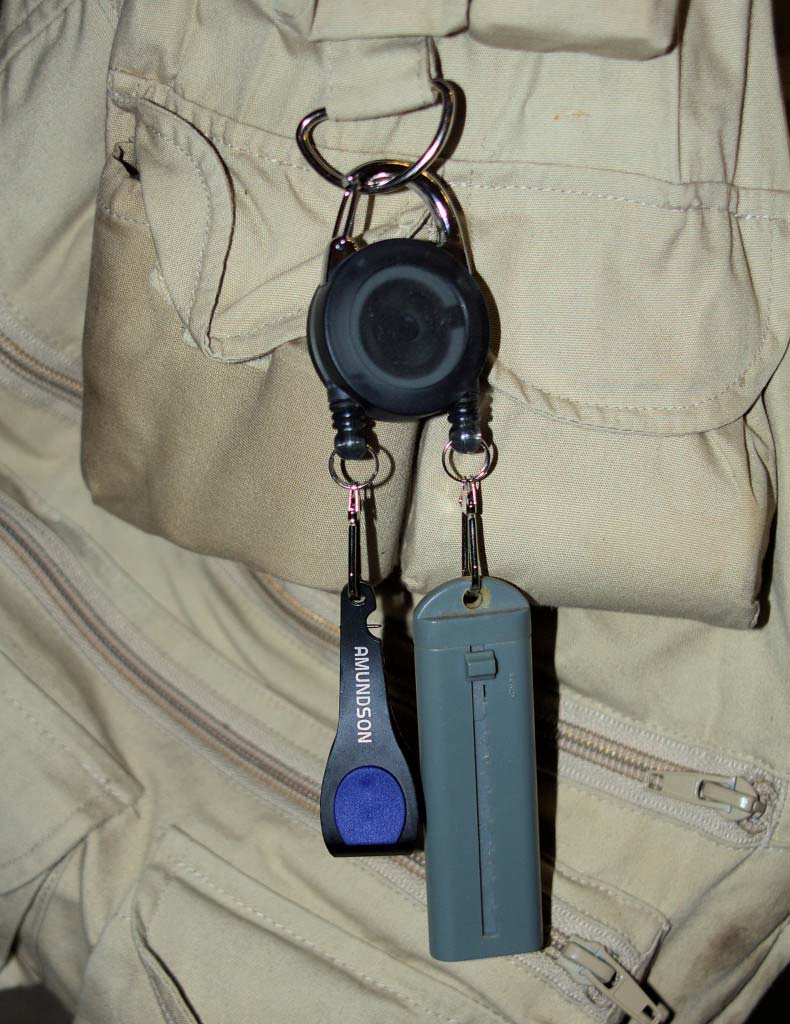
Then there is the vest itself. Put the vest on and try to open and close all the snaps and Velcro closures. If the snaps are metal, you might consider lubricating them a bit. Velcro should be sewn tight to the vest. If it is pulling free sew it back on before it tears right off. Zip any zippers up and down or open and close them to make sure they are working smoothly. Both metal and nylon zippers can be lubricated by rubbing them with candle wax to work better. Check your vest’s seams as well to see if stitching is pulling out. Resew them if necessary.
Don’t forget all the other gear you have that needs a check as well. Polarized sunglasses need the hinges checked for tightness and the lenses for scratches. Fishing hats, rain jackets, waders, wading boots, belly boats, pontoon boats, punts, oars, anchors and more all need to be checked, repaired or replaced. If you need to repair waders or rain gear or anything else designed to keep out water, Aquaseal is the best product I’ve ever found. Make sure you store the Aquaseal properly or it won’t keep; it’s not cheap.
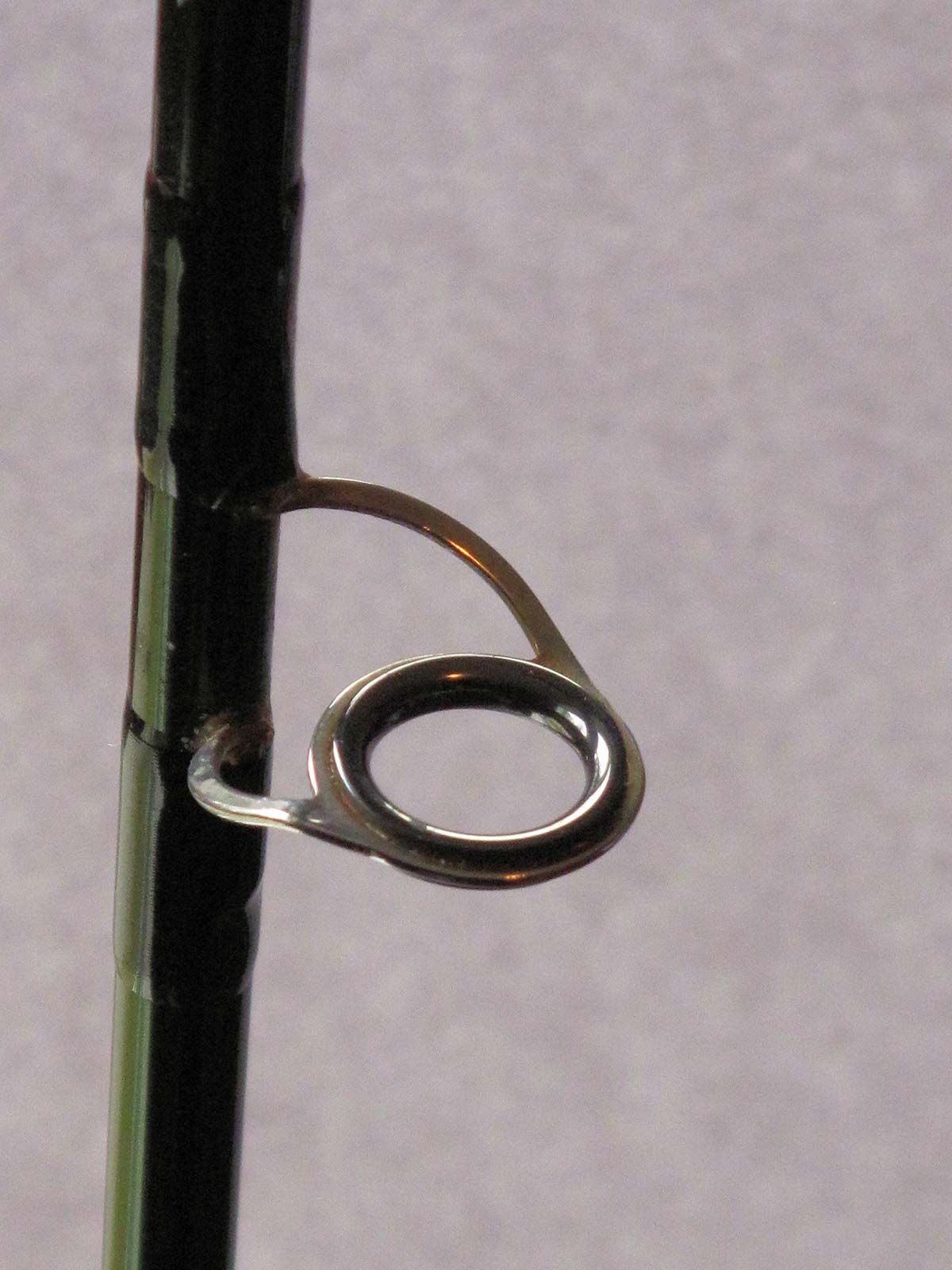
And now the very best part of gear maintenance happens: take your lists down to the fly shop and buy all the new stuff to replace the stuff you are missing or the old stuff you had to toss away.
Off season can be a frustrating time for we who fling flies. Most of the lakes are iced over here and, while many of the rivers are open, most are running so fast that you almost need a 20-pound ball to get the fly to the bottom before the current rips it through the run. And, of course, there’s always the cold. Do yourselves a big favor and use the off season to take stock of your gear, fix it, replace it or clean it up. It passes the time, but more importantly you’ll be ready for spring and you won’t be caught unprepared. Your gear cost you a lot of money; a bit of maintenance and it should last many years.
Product List and Links
Mr. Clean Magic Erasers https://www.mrclean.com/en-us/shop-products/magic-erasers/
Loon Sink Fast https://loonoutdoors.com/products/sink-fast
Aquaseal https://www.gearaid.com/collections/aquaseal
Per our affiliate disclosure, we may earn revenue from the products available on this page. To learn more about how we test gear, click here.






